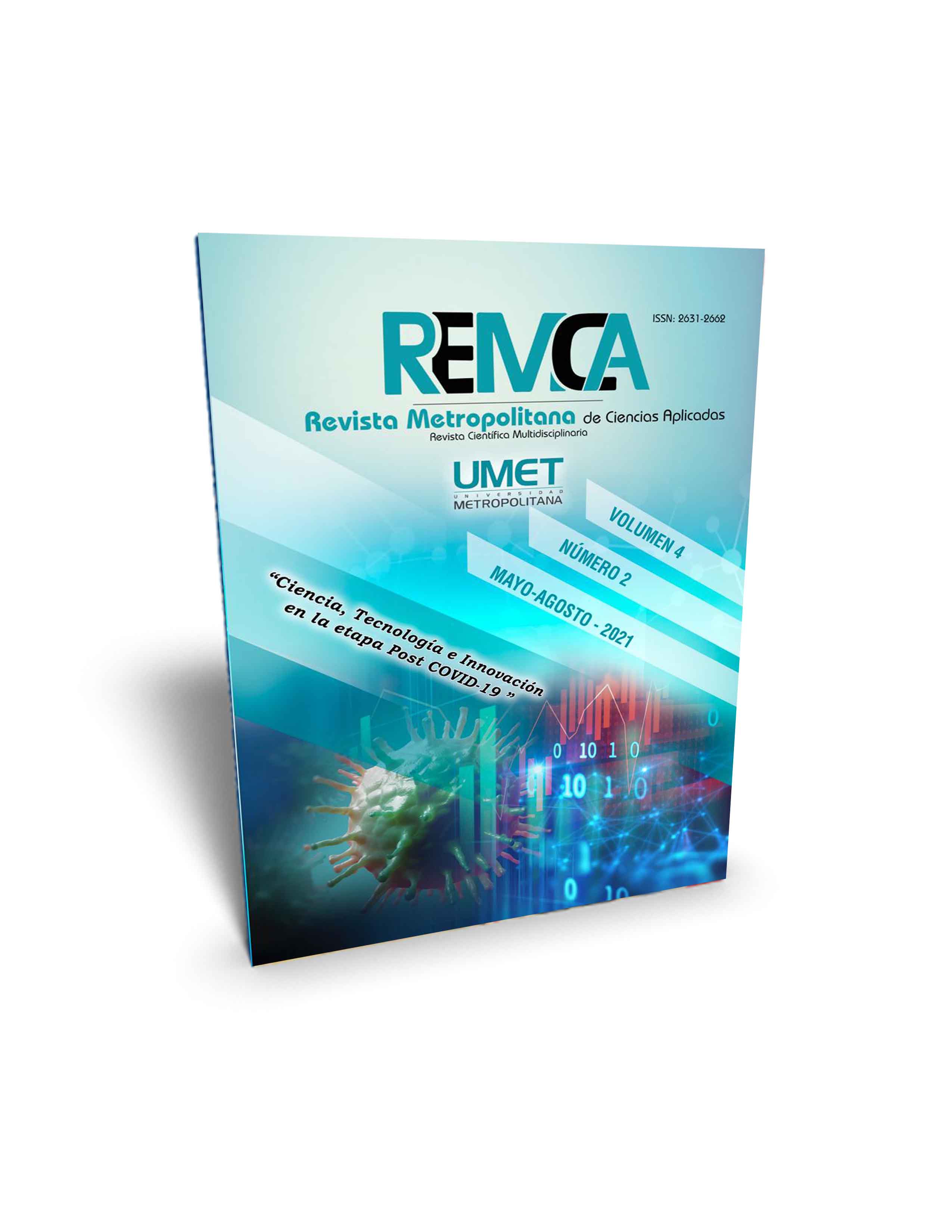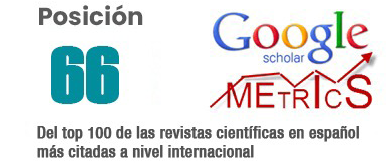Analysis of pre and post pandemic banana production of the “Asocobaoro Association” period 2019-2020
DOI:
https://doi.org/10.62452/5sy8jj63Keywords:
Pandemic, exports, income, banana boxAbstract
Bananas occupy the fourth position as the most important food on the planet, where Ecuador stands out as one of the main exporters, occupying 29% of the market. In Ecuador, the province of El Oro has the largest number of banana farms nationwide, which occupies 41% of the total. This study was developed in the association "ASOCOBAORO" located in the Machala canton of the El Oro province, with the objective of analyzing the pre and post pandemic banana production within the 2019-2020 periods by analyzing the production data of both years. For this, a descriptive, non-experimental, cross-sectional methodological design was used to collect information on banana production in the pre- and post-pandemic period without manipulating any study variable. The main results obtained were that the association suffered an economic impact due to the pandemic, where in 2020 the income and registered production volume were lower than in 2019, in addition to taking measures such as teleworking, reduction of working hours and termination of contracts, this due to the fact that most of the members of the association could not keep their payroll for more than 9 weeks.
Downloads
References
Andrade, C., Cabrera, C., Sambonino, B., López, C., & Poveda, G. (2020). Afectación a las Exportaciones de banano ecuatoriano a causa de la pandemia por el Covid19. (Ponencia). Congreso Internacional Virtual Sobre Covid-19. Consecuencias Psicológicas, Sociales, Políticas y Económicas.
Asociación de Producción y Comercialización de Banano de El Oro. (2020). Venta al por mayor de banano y plátano. https://ecuadornegocios.com/info/asociacion-de-produccion-y-comercializacion-de-banano-de-el-oro-asocobaoro-1473811
Betancourt, M., Dita, M., Saini, E. & Salazar, L. (2020). Agenda para la prevención y el manejo de brotes de la raza 4 tropical de Fusarium (R4T) en el cultivo de musáceas en América Latina y el Caribe (ALC). Banco Interamericano de Desarrollo.
Borja, T. (2018). Estrategia de responsabilidad social por medio del uso de la chanta del banano para elaborar artesanías. Caso De Estudio Bananaborja. (Trabajo de titulación). Universidad de Especialidades Espíritu Santo
Ecuador. Ministerio de Comercio Exterior. (2017). Informe sector bananero ecuatoriano. http://www.produccion.gob.ec/wp-content/uploads/2019/06/Informe-sector-bananero-espa%C3%B1ol-04dic17.pdf
Ecuador. Ministerio de Producción, Comercio Exterior, Inversiones y Pesca (2020). Covid-19 en el impacto económico y perspectivas. https://www.produccion.gob.ec/wp-content/uploads/2020/05/Boletin-Impacto-Covid-19.pdf
El Telégrafo. (2020). Precio del banano sufre cambios por el Covid-19. https://www.eltelegrafo.com.ec/noticias/economia/4/precio-banano-covid19
González, J. (2017). El Oro concentra el 41% de las fincas. https://www.elcomercio.com/actualidad/eloro-fincas-banano-exportacion.html
Organización de las Naciones Unidas para la Alimentación y la Agricultura. (2019). Análisis del mercado del Banano. FAO. http://www.fao.org/3/cb0168es/cb0168es.pdf
Palacios, Í., & Morán, S. (2019). Análisis de la producción bananera y su incidencia en la rentabilidad económica y financiera. Caso: Hacienda Yuli ubicada en la parroquia Mariscal Sucre, cantón Milagro, provincia del Guayas. (Trabajo de titulación). Universidad Estatal de Milagro.
Tesserae Bureau. (2020). ¿Durante la pandemia, que está pasando con el sector bananero, producto estrella de exportación para el Ecuador? https://tesseraebureau.com/es/2020/06/durante-la-pandemia-que-esta-pasando-con-el-sector-bananero-producto-estrella-de-exportacion-para-el-ecuador/
Vásquez-Castillo, W., Racines-Oliva, M., Moncayo, P., Viera, W. & Seraquive, M. (2019). Calidad del fruto y pérdidas poscosecha de banano orgánico Musa acuminata en el Ecuador. Enfoque UTE, 10(4), 57–66.
Velasteguí, E. & Herrera, E. (2017). Análisis de la producción y la comercialización del banano como aspecto socio económico. Visionario Digital, 1(2), 39-52.
Downloads
Published
Issue
Section
License
Copyright (c) 2021 Dalton Alexander Apolo Aguilar, Harry Vite Cevallos, Héctor Carvajal Romero (Autor/a)

This work is licensed under a Creative Commons Attribution-NonCommercial-ShareAlike 4.0 International License.
Authors who publish in Revista Metropolitana de Ciencias Aplicadas (REMCA), agree to the following terms:
1. Copyright
Authors retain unrestricted copyright to their work. Authors grant the journal the right of first publication. To this end, they assign the journal non-exclusive exploitation rights (reproduction, distribution, public communication, and transformation). Authors may enter into additional agreements for the non-exclusive distribution of the version of the work published in the journal, provided that acknowledgment of its initial publication in this journal is given.
© The authors.
2. License
The articles are published in the journal under the Creative Commons Attribution-NonCommercial-ShareAlike 4.0 International License (CC BY-NC-SA 4.0). The terms can be found at: https://creativecommons.org/licenses/by-nc-sa/4.0/deed.en
This license allows:
- Sharing: Copying and redistributing the material in any medium or format.
- Adapting: Remixing, transforming, and building upon the material.
Under the following terms:
- Attribution: You must give appropriate credit, provide a link to the license, and indicate if any changes were made. You may do this in any reasonable manner, but not in any way that suggests the licensor endorses or sponsors your use.
- NonCommercial: You may not use the material for commercial purposes.
- ShareAlike: If you remix, transform, or build upon the material, you must distribute your creation under the same license as the original work.
There are no additional restrictions. You may not apply legal terms or technological measures that legally restrict others from doing anything the license permits.




